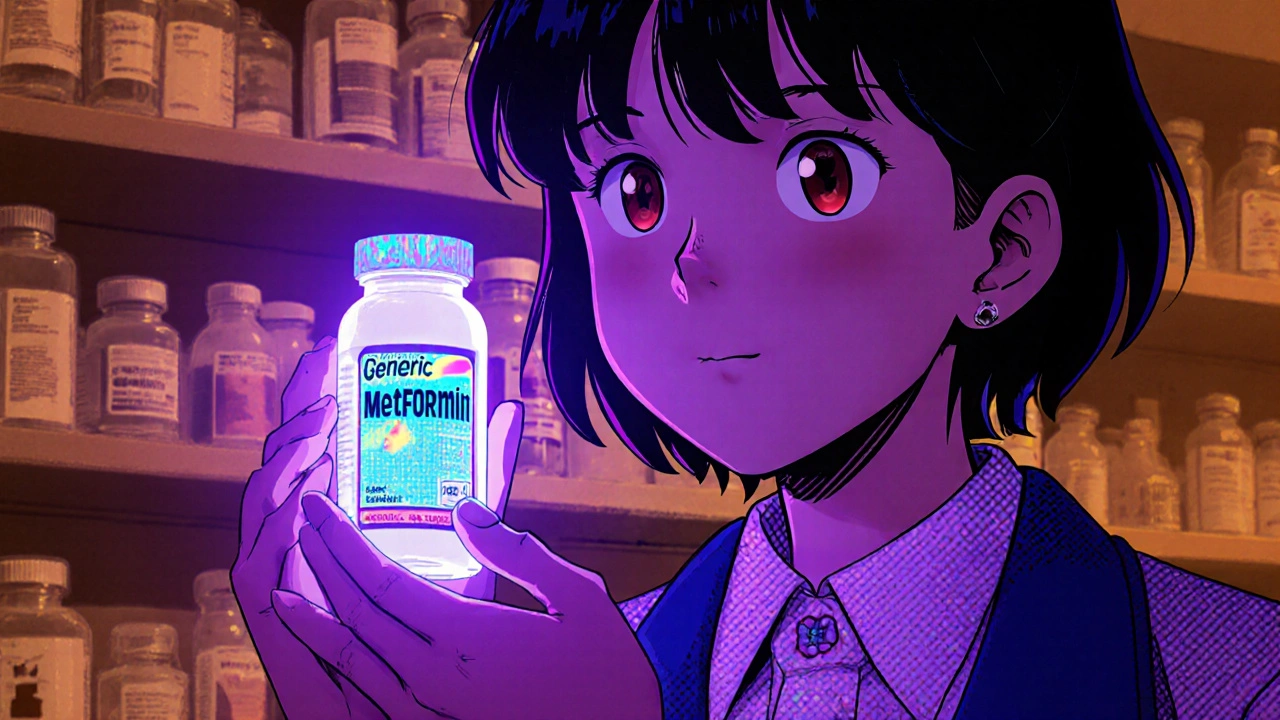Drug Authenticity: How to Spot Fake Medications and Stay Safe
When you buy medicine, you trust it will work—and not hurt you. But drug authenticity, the assurance that a medication is genuine, properly manufactured, and legally distributed. Also known as medication integrity, it’s not just a technical term—it’s the line between healing and harm. Fake pills look identical to the real thing. They might contain the wrong dose, toxic chemicals, or nothing at all. The World Health Organization estimates that 1 in 10 medical products in low- and middle-income countries are counterfeit. Even in places with strict regulations, online pharmacies and shady sellers make it easy for fakes to slip through.
Drug authenticity isn’t just about where you buy it—it’s about what you look for. counterfeit drugs, illegally made copies designed to deceive patients and providers often come from unverified websites, street vendors, or packages with misspelled labels. Real medications have unique identifiers: batch numbers, holograms, tamper-proof seals, and consistent color or texture. If your pills suddenly look different, taste odd, or don’t work like they used to, that’s not just bad luck—it’s a red flag. medication safety, the practice of ensuring drugs are used correctly and without risk of harm starts with knowing your source. Always check if a pharmacy requires a prescription, lists a physical address, and has licensed pharmacists available to answer questions.
Many people turn to online sellers to save money, especially for chronic conditions like diabetes, high blood pressure, or erectile dysfunction. But saving $50 on a month’s supply isn’t worth risking your life. Real pharmacies don’t offer "miracle discounts" on brand-name drugs. They don’t ship without a prescription. They don’t hide behind vague terms like "international supplier." If a deal seems too good to be true, it’s probably fake. The same goes for unbranded generics sold without clear labeling—those are often the first to be tampered with.
What can you do? Start by verifying your pharmacy. Look up its license on your country’s pharmacy board website. Check if the site uses HTTPS and has a verified pharmacy seal (like VIPPS in the U.S.). Ask your doctor or local pharmacist to help you identify legitimate sources. Keep your original packaging and compare new pills to old ones. If you notice changes in how you feel after starting a new batch—dizziness, nausea, or no effect at all—stop taking it and report it. Your report could save someone else’s life.
Below, you’ll find real guides from people who’ve faced this issue. From how to spot fake Viagra to what to do when your insurance denies coverage for a generic, these posts give you the tools to protect yourself. No fluff. No theory. Just what works when your health is on the line.

Packaging and Labeling: How to Verify the Authenticity of Generic Medicines
Learn how to spot counterfeit generic medicines by checking packaging, using UV lights, and understanding spectroscopy. Protect yourself from fake drugs that can cause serious harm.